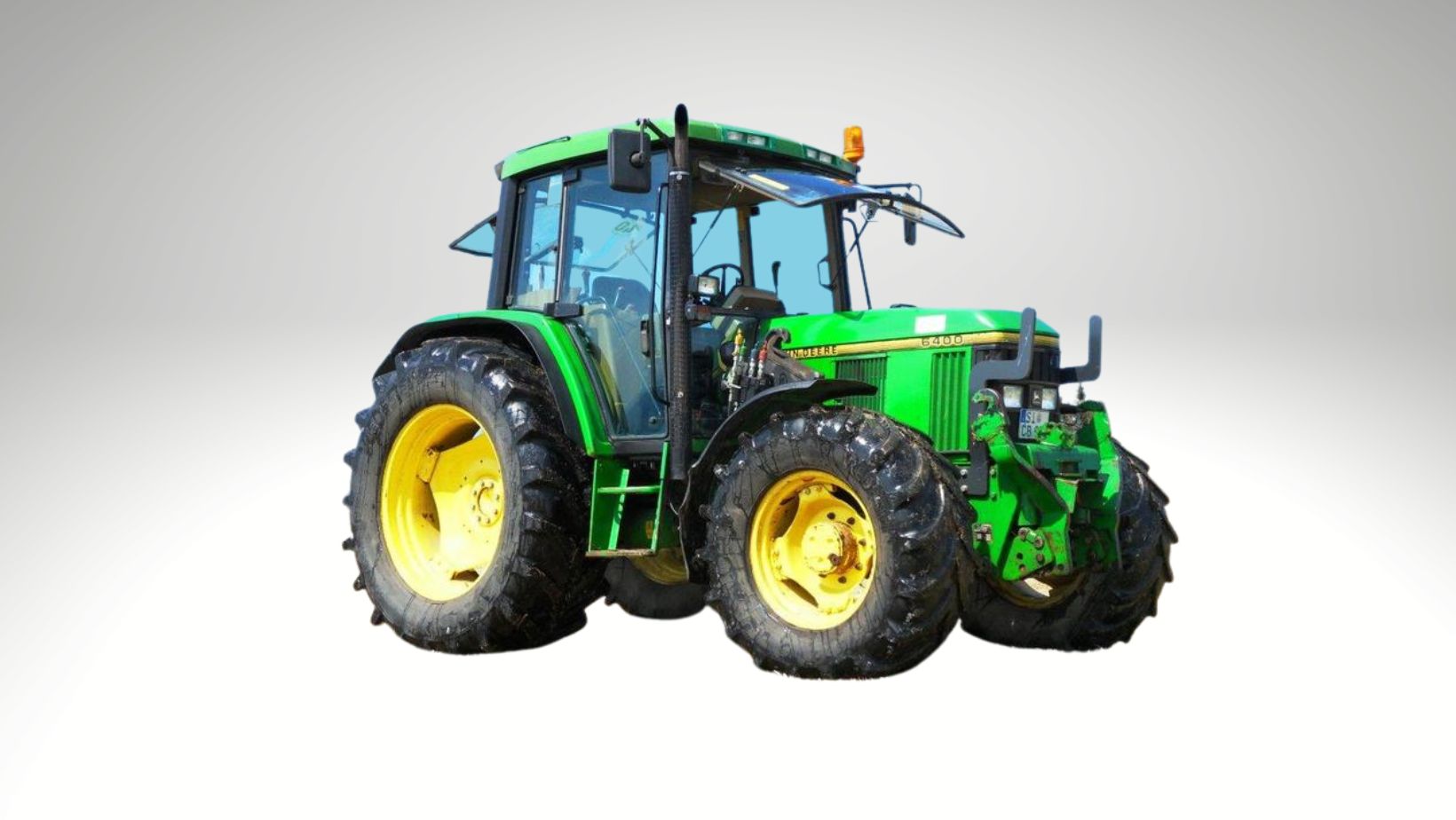
The John Deere 6430 is a popular and versatile tractor model known for its durability and performance in various agricultural and farm applications. Whether you’re using it for plowing fields, hauling loads, or other tasks, the John Deere 6430 is designed to handle the demands of modern farming.
In this comprehensive guide, we’ll provide an overview of the John Deere 6430, share user reviews and feedback, discuss common problems that owners may encounter, and offer troubleshooting steps to help you keep your tractor running smoothly. Whether you’re a long-time owner or considering purchasing this model, this guide will provide valuable insights into maintaining and optimizing your John Deere 6430.
Overview of the John Deere 6430
The John Deere 6430 is a mid-sized tractor designed for both agricultural and industrial use. It is part of the 6030 Series, known for its reliability and versatility. The 6430 is powered by a robust 4.5-liter, 4-cylinder PowerTech engine, providing ample horsepower for various tasks. It features advanced technologies like the AutoQuad Plus transmission, making gear changes smoother and more efficient.
With a comfortable operator station, intuitive controls, and a range of attachments and implements, the John Deere 6430 is favored by farmers and landowners worldwide for its exceptional performance in plowing, tilling, seeding, and more. Its durability and ease of maintenance make it a valuable asset on the farm.
User Reviews and Benefits of the John Deere 6430
User reviews of the John Deere 6430 often highlight several benefits and advantages:
- Reliability: Owners appreciate the tractor’s robust build and dependable performance, even in challenging conditions.
- Versatility: The 6430 is praised for its versatility, handling a wide range of tasks, from field work to loader operations.
- Efficiency: Users mention the tractor’s fuel efficiency and productivity, saving time and resources on the farm.
- Comfort: The spacious and well-designed operator station offers comfort during long hours of operation.
- Ease of Use: The intuitive controls and technology features make the tractor user-friendly, even for operators with varying levels of experience.
- Low Maintenance: Owners find that the 6430 requires minimal maintenance, reducing downtime.
Common Problems with the John Deere 6430
While the John Deere 6430 is renowned for its reliability, owners may encounter common problems over time. Here are some of the issues that users have reported:
3.1. Engine Issues:
- Symptoms: Reduced power, rough idling, excessive smoke, or starting problems.
- Causes: Fuel system issues, air intake problems, worn-out components, or improper maintenance.
- Solution: Regularly service the fuel system, air filter, and perform routine maintenance. Address worn-out parts promptly.
3.2. Hydraulic Problems:
- Symptoms: Slow or unresponsive hydraulics, leaks, or inconsistent performance.
- Causes: Hydraulic fluid leaks, worn seals, or contaminated fluid.
- Solution: Inspect and repair hydraulic leaks, replace damaged seals, and change the hydraulic fluid as recommended.
3.3. Electrical System Challenges:
- Symptoms: Electrical faults, malfunctioning lights, or instrument panel issues.
- Causes: Loose connections, damaged wires, or sensor failures.
- Solution: Regularly inspect and tighten electrical connections, replace damaged wires, and diagnose sensor problems with appropriate tools.
3.4. Transmission and Gearbox Concerns:
- Symptoms: Slipping gears, difficulty shifting, or strange noises from the transmission.
- Causes: Low transmission fluid, worn clutch components, or gearbox damage.
- Solution: Maintain proper transmission fluid levels, replace worn clutch components, and consult a professional for gearbox repairs.
- Troubleshooting the John Deere 6430 (600 words):
Now, let’s explore troubleshooting steps to address the common problems that may arise with the John Deere 6430:
4.1. Engine Troubleshooting:
- For reduced power or rough idling, check the air filter, fuel filter, and fuel quality. Replace filters as needed, and use clean, quality fuel.
- If the engine smokes excessively, inspect the turbocharger and the combustion system. Clean or replace components accordingly.
- Address starting problems by testing the battery, starter motor, and glow plugs. Replace any faulty parts.
4.2. Hydraulic System Troubleshooting:
- Slow or unresponsive hydraulics may be due to low hydraulic fluid levels. Check the fluid level and top it up if necessary.
- For hydraulic leaks, inspect the hoses, seals, and connections. Replace any damaged components and tighten connections.
- If the hydraulics remain inconsistent, test the hydraulic pump and valves for proper operation. Replace or repair faulty parts.
4.3. Electrical System Troubleshooting:
- Electrical faults can often be resolved by checking and tightening connections. Ensure that all wiring and connectors are secure.
- Malfunctioning lights may be due to blown bulbs or damaged wiring. Replace bulbs and repair wiring as needed.
- For instrument panel issues, consult the tractor’s technical manual and diagnostic tools to identify and address sensor or control module problems.
4.4. Transmission and Gearbox Troubleshooting:
- Slipping gears can sometimes be resolved by adjusting the clutch linkage or changing the transmission fluid. Follow the manufacturer’s guidelines for adjustments and fluid changes.
- If shifting difficulties persist, inspect the clutch components for wear and replace as necessary. Additionally, examine the gearbox for damaged gears or bearings, and consult a professional for gearbox repairs.
Conclusion
The John Deere 6000 Series is a reliable and versatile tractor model trusted by farmers and landowners worldwide. While it offers numerous benefits, owners may encounter common problems over time. Regular maintenance, proper troubleshooting, and prompt attention to issues are essential for keeping the tractor in excellent working condition. By following the troubleshooting steps outlined in this guide and adhering to routine maintenance practices, you can ensure that your John Deere 6430 continues to deliver exceptional performance in various agricultural and

I’m David man behind Lawn Mowerly; I’ve been dealing with lawnmowers and Tractors with my father since I was a kid. I know every make and model and what each one is capable of and love helping people find the perfect equipment for their needs.
